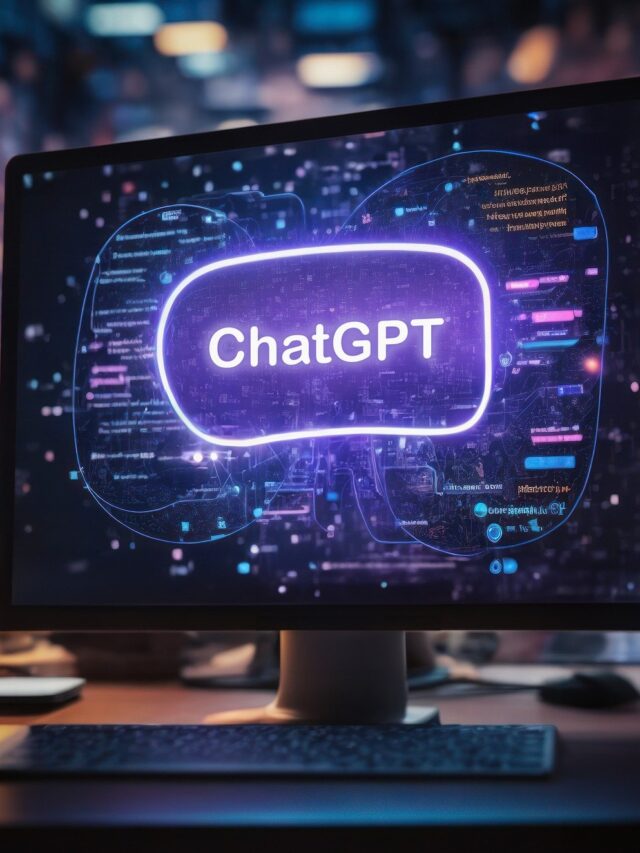ChatGPT Search, the artificial intelligence (AI) search engine for the OpenAI-built chatbot, was introduced on Thursday. The feature arrives after months of speculation about the AI firm’s SearchGPT waitlist. The web search feature allows users to run a web search about a topic and get natural language results based on information sourced from various websites. This new capability has been integrated into the ChatGPT interface and can both be triggered manually and automatically. ChatGPT Search is currently rolling out to paid subscribers of the AI chatbot.
ChatGPT Search Introduced by OpenAI
In a blog post, OpenAI detailed the new web search capability for ChatGPT. Earlier reports have highlighted that the AI firm was building its own search engine to reduce the reliance on third-party search engines. The feature also fills an important gap compared to AI chatbots such as Gemini and Copilot, which can run web searches based on user prompts.
Notably, the GPT-4o AI model did have real-time web search capability, but there were two caveats. The responses were integrated into the conversation, so users could not distinguish whether the information came from the AI model’s datasets or the Internet. Second, users did not have a direct way to trigger a web search.
ChatGPT Search feature
The new ChatGPT Search feature solves both problems. Users will now see a globe icon placed next to the ‘Attach file’ icon in the text field. Tapping the globe icon will manually trigger the web search mode, and the chatbot will only use information found on the web to answer user responses. OpenAI said that the AI tool will also automatically activate the search mode wherever it is relevant to the query. With the introduction of ChatGPT Search, OpenAI is also competing with Perplexity AI as well as Google’s AI Overviews.
Gadgets 360 staff members were able to test out the feature, and the feature is quite fast and responsive. Despite digging through multiple websites for a query, it never took more than a couple of seconds before starting the output generation process. Further, there is an emphasis on citations as every source is mentioned twice — Once after the end of the sentence where the information was used, and once at the bottom of the response.
The latter is a detailed citation with the website and article headline both being shown, while the former is a chip-style citation where only the website name is shown but users can click on it to go to the source URL.
Currently, ChatGPT Plus and Teams users, as well as those who had signed up for the SearchGPT waitlist, will be getting the web search feature. Enterprise and Edu users will get access to the feature in the next few weeks and those on the free tier will get the feature over the coming months.







